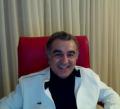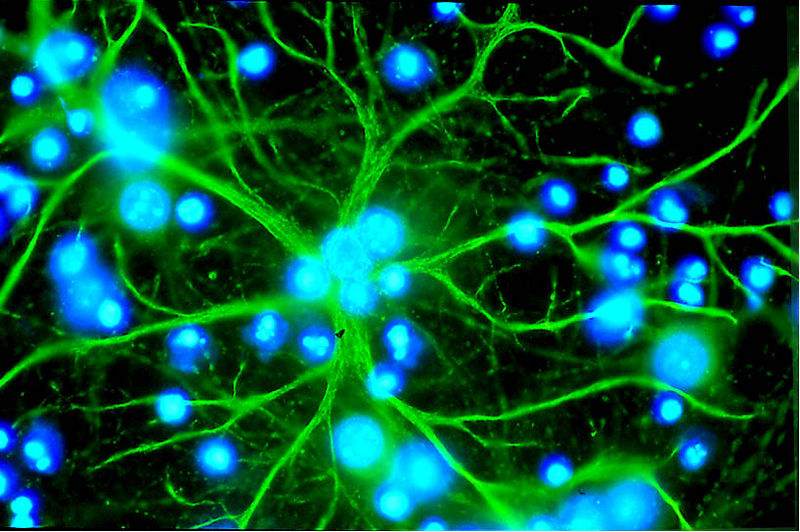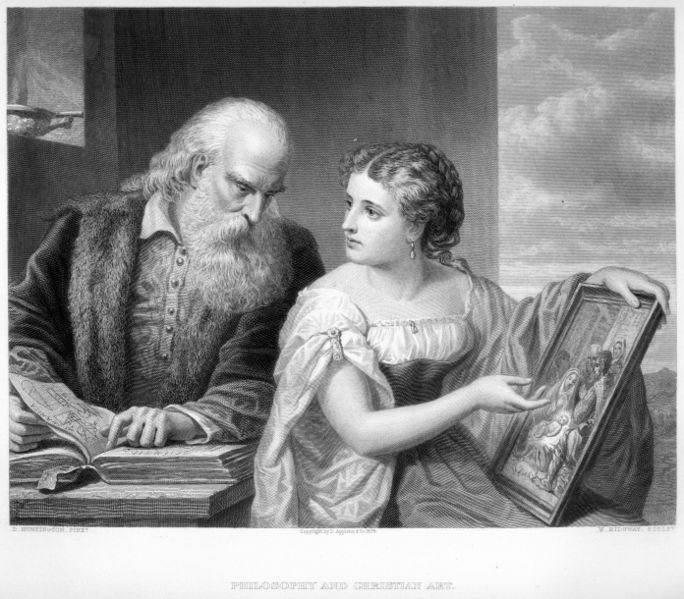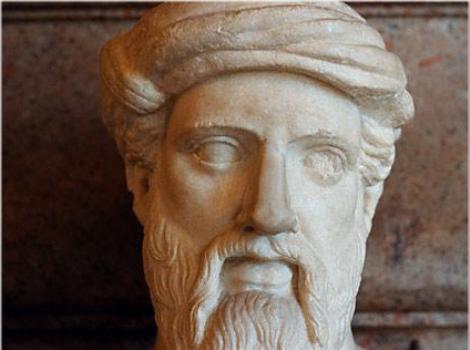In light of some comments below, and what appears to be an inability to follow a simple link, I accept it is time to rewrite this blog post as one seamless narrative. Thanks to those comments that helped solve the original problem.
19 April 2010, version 2.0
While Haiti is still sorting out the chaos from its January earthquake, the Earth suffers another massive quake in Chile. At a magnitude of 8.8 on the Richter scale this is one of the most powerful earthquakes ever recorded. Concerns about a tsunami spreading across the Pacific have abated and the Chilean authorities claim they have the resources to handle the catastrophe.
I have recently watched
Jill Bolte Taylor's interview at TED. Taylor is a neoroanatomist who specializes in the post-mortem examination of the human brain. In 1996 she experienced a stroke and was able to keep lucid enough for long enough to be able to recall her experience. With her scientific training she was able to put together her personal experience with her knowledge of neuroanatomy. This brain-crash has had a profound effect on her view of the mind and the human experience. You can see how emotional she still is about her experience of self-transcendence, which she ascribes to her right brain.
“Is religion a science?” This may seem an odd question with which to start, but this is the very first question Aquinas asks in his monumental Summa Theologica. “Among the philosophical sciences one is speculative the other practical [natural philosophy], nevertheless sacred doctrine [Roman Catholicism] includes both; as God, by one and the same science, knows both Himself and His works.” For Aquinas, not only is theology both a speculative and natural philosophy but it is also superior to both, in as much as it is guided by divine knowledge, which cannot be misled, and has as its end ultimate bliss, towards which all other sciences strive too.
A New Scientist article,
Born believers: how your brain creates God, takes us through some recent research with children that suggests belief in supernatural beings is somehow hard-wired into the human brain. The starting point is the rather unsurprising statistics that many people turn to religion in times of hardship. The afterlife may seem positively luxurious compared to being down and out.
There is a plaque on the south side of Trafalgar Square, just behind the statue of Charles I, that is the reference point from which all distances from London are measured. However, there is a far more intriguing plaque of scientific interest that is also associated with a tale of official incompetence and disaster.
In popular culture the Greek Muses are seen as representations of artistic inspiration. Writers, and especially poets, are keen to express their mysterious source of insights as a territory inhabited by their muse. Dante, feeling fragile and forlorn as he enters the Inferno laments, “O Muses, O high genius, aid me now!” This may all seem a bit of classical allegory; harmless but slightly anachronistic for our age. However, I think the Muses are symbols of something far more important.
Let's firstly look at a list of the nine Muses and their respective arts:
Calliope - Epic poetry
Clio - History
Erato - Lyric poetry
Euterpe - Music
Melpomene - Tragedy
Polyhymnia - Choral poetry
Terpsichore - Dance
Thalia - Comedy
 A Tribute To Richard Feynman: Feynman Point Pilish Poems 2013
A Tribute To Richard Feynman: Feynman Point Pilish Poems 2013 The Math-e-Monday Puzzle: Squares from a Tetrahedral Die
The Math-e-Monday Puzzle: Squares from a Tetrahedral Die The Math-e-Monday Puzzle: Infinite Packings Within Finite Figures
The Math-e-Monday Puzzle: Infinite Packings Within Finite Figures Solution to The Jailer's Revenge
Solution to The Jailer's Revenge









